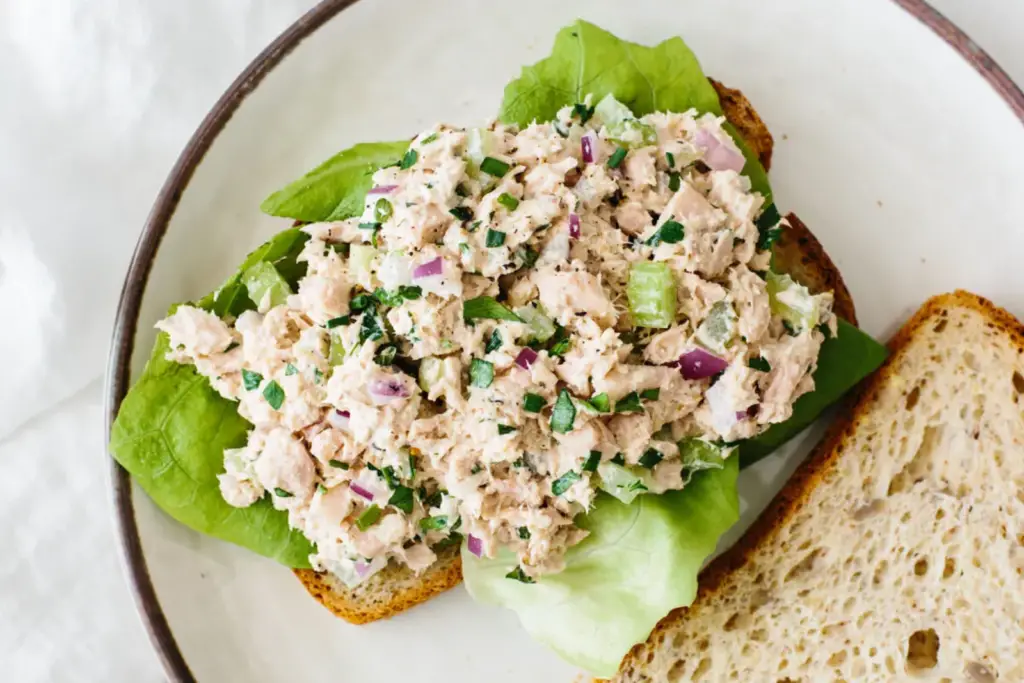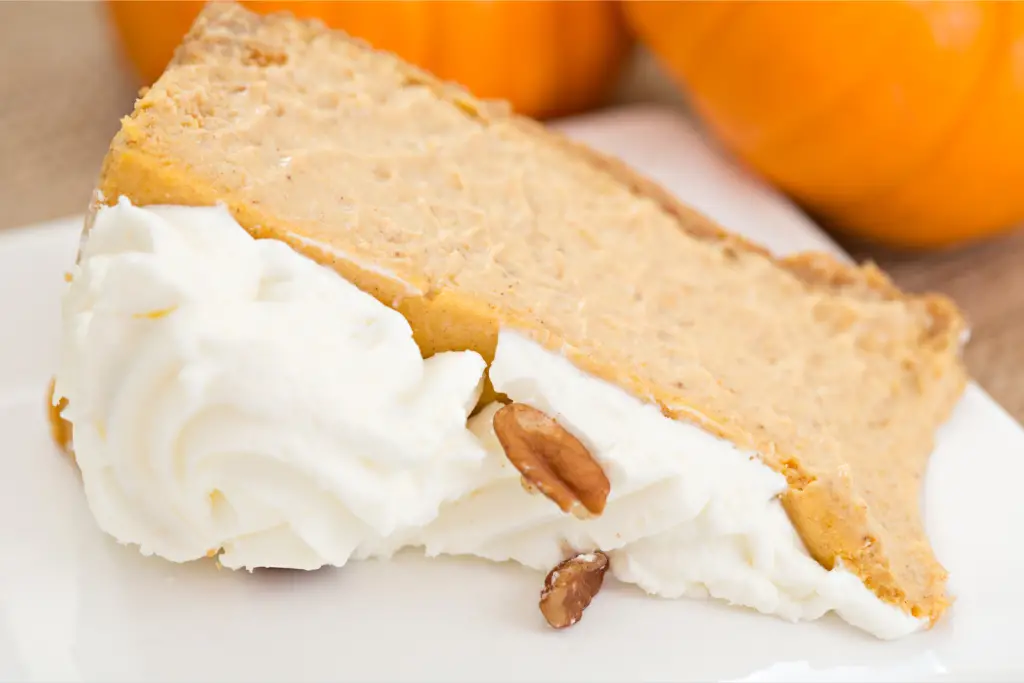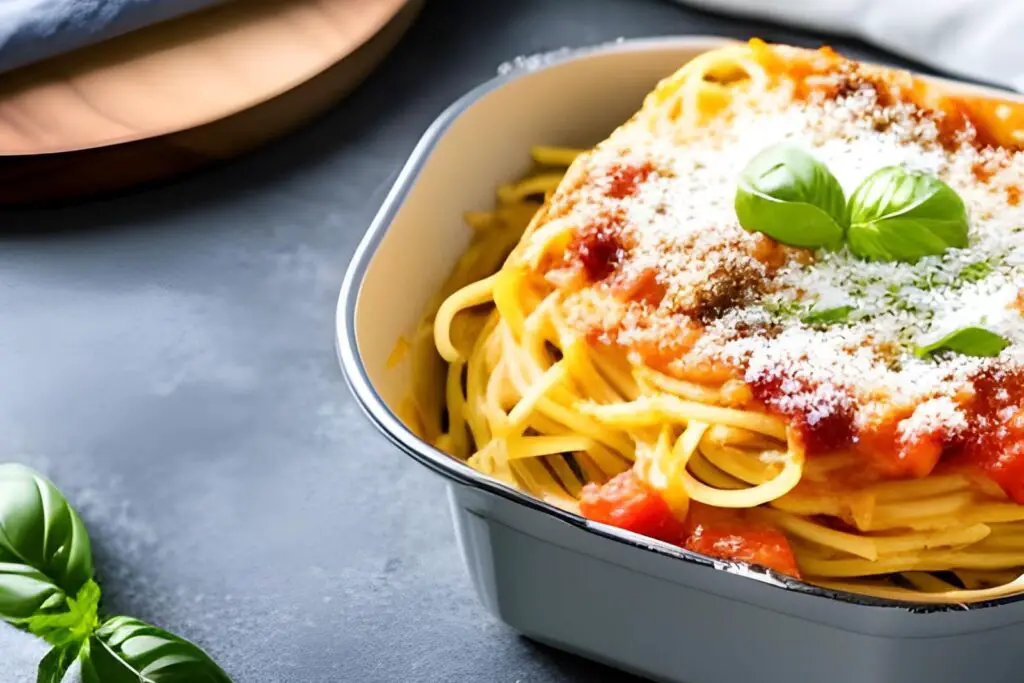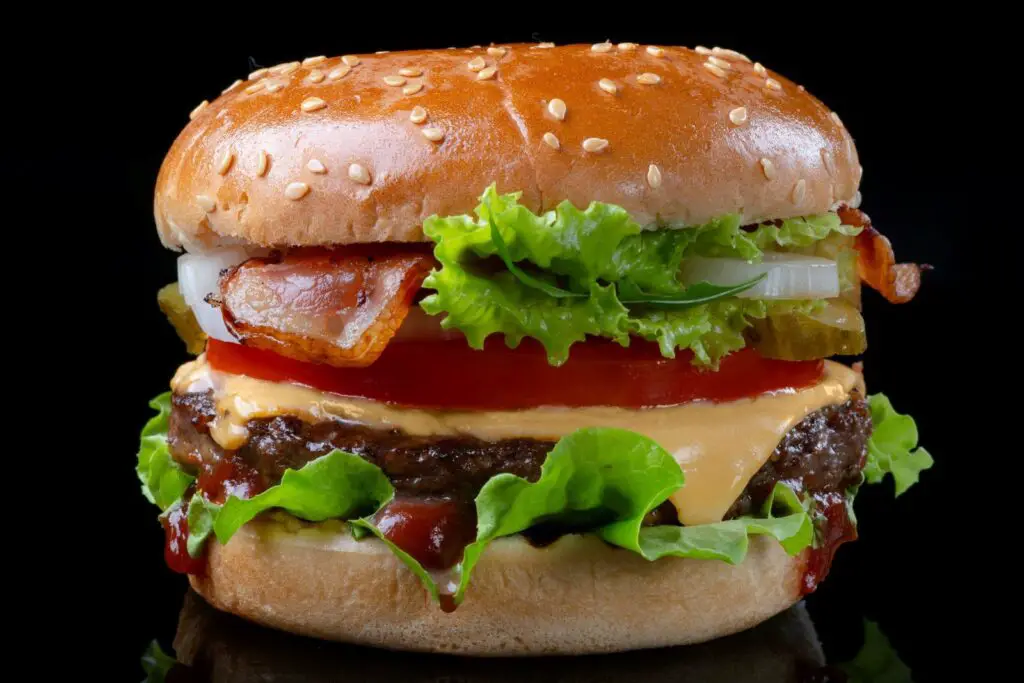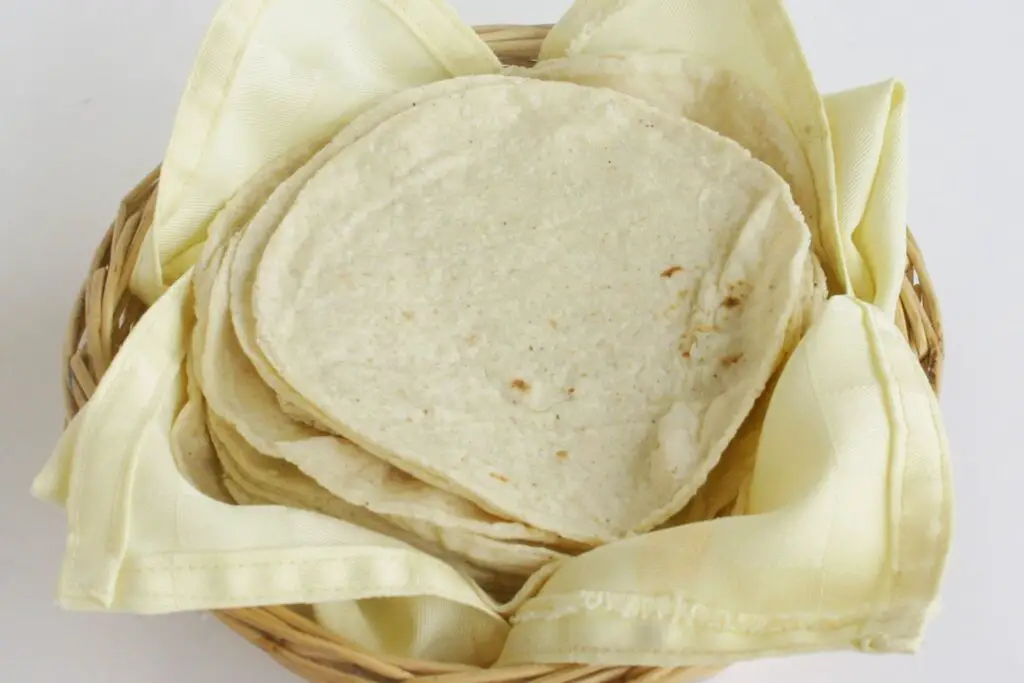
Egg bites have gained immense popularity in recent years, thanks to their delicious and versatile nature. Whether you’re a fan of savory or sweet, these miniature delights are perfect for breakfast or a quick snack. But what happens when you have an abundance of egg bites and want to preserve their delightful taste for later consumption? Freezing them is the answer! By following a few simple steps, you can ensure that your frozen egg bites maintain their texture and flavor.
Here a step-by-step guide on how to freeze egg bites effectively:
Step 1: Prepare Your Egg Bites
Before embarking on the process of freezing your egg bites, it is crucial to begin with a foundation of freshly made and high-quality egg bites. This initial step is paramount because it directly impacts the final outcome, preserving not only their flavor but also their texture during the freezing and subsequent thawing process.
When we talk about freshly made egg bites, we refer to egg bites that have recently been cooked and are in their prime condition. If you’ve prepared your egg bites at home, ensure they have just come out of the oven or stove and have had enough time to cool to room temperature. This cooling period is essential as it prevents condensation from forming inside the packaging when you freeze them. Condensation can lead to unwanted ice crystals, which can compromise the texture of your egg bites.
Alternatively, if you’ve purchased pre-made egg bites, inspect them to ensure they are at their best quality. Check for any signs of deterioration, such as off-putting odors, discoloration, or changes in texture. If they exhibit any of these characteristics, it’s best to consume them promptly or discard them. Freezing won’t magically restore the quality of egg bites that are already past their prime.
Step 2: Allow the Egg Bites to Cool
After you’ve ensured that your egg bites are freshly made and at their peak quality, the next crucial step is to allow them to cool down to room temperature. This seemingly simple action plays a significant role in preserving the integrity of your egg bites during the freezing process.
The reason for letting your egg bites cool is to prevent the formation of condensation inside the packaging when they are placed in the freezer. Condensation occurs when warm or hot items come into contact with cold air or surfaces, leading to moisture buildup. In the context of freezing food, this moisture can be detrimental.
When condensation forms inside the packaging of your egg bites and freezes, it can turn into ice crystals. These ice crystals can damage the delicate texture of the egg bites. Imagine biting into an egg bite with an icy, gritty texture – not exactly the delightful experience you were hoping for!
Furthermore, ice crystals can also contribute to freezer burn, which can negatively impact the taste and quality of your egg bites over time. Freezer burn occurs when moisture is drawn out of the food and forms ice on its surface, leading to dehydration and the loss of flavor.
Step 3: Choose the Right Packaging
Selecting the appropriate packaging for your egg bites is a critical step in the process of freezing them effectively. The choice of packaging not only influences the preservation of flavor and texture but also determines how well your egg bites will withstand freezing and subsequent thawing.
Here are some key considerations when choosing the right packaging for your egg bites:
- Airtight Seal: Regardless of the container you choose, it should have an airtight seal. This seal prevents air from entering or escaping, minimizing the risk of freezer burn and the absorption of unwanted odors from the freezer. Freezer burn occurs when moisture within the food evaporates and crystallizes on its surface, resulting in texture and flavor changes.
- Plastic Containers: Airtight plastic containers are a popular choice for freezing egg bites. They come in various sizes and shapes, allowing you to portion and store your egg bites conveniently. Be sure to select containers specifically designed for the freezer, as these are made to withstand the low temperatures without becoming brittle.
- Silicone Molds: Silicone molds are another excellent option, especially if you’re looking for individual portioning. These molds are flexible, making it easy to remove frozen egg bites when needed. Just ensure the silicone is food-grade and suitable for freezing.
- Resealable Freezer Bags: If you prefer a more space-efficient option, resealable freezer bags can work well. Press out excess air before sealing to minimize the risk of freezer burn. These bags are also handy for saving space in your freezer.
- Cleanliness: Regardless of your choice, ensure that your selected containers or bags are clean and free from any lingering odors. Any residual odors can transfer to your egg bites, affecting their taste and aroma.
- Portion Control: Consider your portioning needs. If you plan to consume your egg bites individually, choose containers or molds that allow for easy separation. This prevents the need to thaw an entire batch when you only want a few.
Choosing the right packaging is vital because it helps maintain the quality of your egg bites during freezing. Airtight containers or bags create a barrier that protects your egg bites from the cold, dry air of the freezer, preserving their flavor and texture. Additionally, the right packaging ensures that your egg bites stay well-organized and easy to access when you’re ready to enjoy them. With a clean, airtight container or bag, you’re on the right track to successfully freeze your egg bites for future indulgence.
Step 4: Portion Your Egg Bites
When you have a batch of egg bites ready for freezing, it’s a wise move to portion them out before they go into the freezer. This step might seem like an extra effort, but it offers several important benefits, ensuring that your frozen egg bites remain convenient, easy to manage, and minimize potential waste.
Here’s why portioning your egg bites is a valuable practice:
- Convenient Serving Sizes: Portioning allows you to divide your batch of egg bites into individual or smaller servings. This is particularly useful if you don’t plan to consume all of them at once. Having pre-portioned servings means you can thaw and reheat only what you need for a particular meal or snack, reducing the risk of overconsumption and waste.
- Faster Thawing and Reheating: Smaller portions thaw and reheat more quickly and evenly than a large, solid mass. This means you can enjoy your egg bites sooner without waiting for the entire batch to thaw. It’s especially beneficial when you’re in a hurry or craving a quick bite.
- Minimized Waste: Portioning helps minimize waste. You won’t have to defrost and reheat more egg bites than you can consume, which can lead to uneaten leftovers going to waste. It’s an eco-friendly practice that aligns with responsible food handling.
- Customization: If you have a variety of egg bite flavors or ingredients, portioning allows you to mix and match your servings according to your preferences. You can create custom combinations for different meals and occasions.
To portion your egg bites effectively, consider using a knife to gently cut them into individual or desired serving sizes, or follow the divisions created by your chosen silicone molds or containers. Ensure that each portion is neatly separated and clearly defined to make it easy to access and use when needed.
Step 5: Wrap for Protection
Once you’ve portioned your egg bites and chosen the right packaging, the next essential step in preserving their quality during freezing is to wrap them individually in plastic wrap or aluminum foil. This extra layer of protection serves as a crucial barrier against freezer burn and helps maintain the freshness, flavor, and texture of your egg bites.
Here’s why wrapping your egg bites individually is a smart practice:
- Protection Against Freezer Burn: Freezer burn occurs when the moisture within food evaporates and crystallizes on the food’s surface. This can lead to dehydration and the development of unappetizing ice crystals. By wrapping your egg bites individually, you create an additional layer of protection that shields them from direct exposure to the cold, dry air of the freezer. This barrier significantly reduces the risk of freezer burn.
- Preservation of Freshness: Wrapping your egg bites individually helps preserve their freshness. It prevents any unwanted odors or flavors from seeping into the egg bites and altering their taste and aroma. This is especially important if you have other foods stored in the same freezer.
- Ease of Access: Individually wrapped portions make it easy to access and use only what you need. If you want to thaw and reheat a single egg bite or a few at a time, you won’t have to unwrap an entire batch. This convenience is particularly valuable when you’re preparing quick meals or snacks.
To wrap your egg bites, use either plastic wrap or aluminum foil. Place an individual egg bite in the center of a piece of wrap or foil, ensuring that it is completely enclosed. Seal the edges tightly to prevent any air from getting in. If you’re using plastic wrap, you can twist the ends to further secure the wrapping. For aluminum foil, ensure that the package is well-sealed to maintain a protective barrier.
Be sure to label each wrapped portion if you’ve prepared different flavors or ingredients to easily identify them in the freezer.
Step 6: Place in the Freezer
With your freshly made, individually wrapped egg bites ready for freezing, it’s time to move on to Step 6: placing them in the freezer. This step is pivotal as it sets the stage for the proper preservation of your egg bites, ensuring they remain in top-notch condition until you’re ready to enjoy them.
Here’s why placing your prepared egg bites in the freezer is so important:
- Temperature Control: The freezer maintains a consistently low temperature, typically around 0°F (-18°C) or lower. This extreme cold halts the growth of microorganisms that can spoil food, making it an ideal environment for long-term storage. Placing your egg bites in the freezer promptly ensures that they stay safe to eat for an extended period.
- Preservation of Texture: The initial freezing stage is crucial for maintaining the shape and texture of your egg bites. By spacing them apart on a tray or in your chosen packaging, you help prevent them from sticking together or clumping during freezing. This separation is especially important if your egg bites have delicate toppings or fillings that might become fused together when frozen.
- Prevention of Flavor Transfer: Placing your egg bites in the freezer separately also helps prevent any potential flavor transfer between them. Since the freezing process can intensify food odors, isolating your portions minimizes the risk of your egg bites absorbing unwanted tastes or aromas from other items in the freezer.
To execute this step effectively, arrange your individually wrapped egg bites on a tray, plate, or baking sheet, leaving some space between each one. This initial freezing on a tray helps ensure that they don’t touch or stick together, preserving their individual shapes and integrity. Once they are partially frozen (usually after a few hours), you can transfer them to your chosen airtight container or resealable freezer bags for more long-term storage.
Remember to keep your freezer organized and clutter-free to maintain proper air circulation and temperature control. Additionally, if you have multiple flavors or varieties of egg bites, consider labeling them to easily identify your preferred choice when it’s time to enjoy them.
Step 7: Label and Date
Labeling and dating your containers or bags of frozen egg bites might seem like a minor detail, but it plays a crucial role in ensuring that you maintain food safety, quality, and organization in your freezer. This step is all about taking control of your frozen food inventory and making informed choices when it comes to consumption.
Here’s why labeling and dating are essential:
- Storage Time Awareness: Freezing doesn’t make food last indefinitely. Over time, frozen foods can suffer from quality degradation due to factors like freezer burn or flavor changes. By labeling and dating your containers or bags with the freezing date, you establish a clear reference point. This allows you to keep track of how long your egg bites have been in the freezer, helping you prioritize older ones for consumption.
- Avoiding Food Waste: Knowing the age of your frozen egg bites helps you avoid food waste. You can make an informed decision about which portions to use first, reducing the risk of items becoming freezer-burned or losing their optimal taste and texture due to extended storage.
- Flavor and Variety Control: If you have a selection of different flavors or ingredients among your frozen egg bites, labeling allows you to identify them easily. This way, you can choose the flavor that suits your cravings or meal plan without the need for guesswork.
To label your containers or bags, use a permanent marker or labels specifically designed for the freezer. Include the freezing date, and if applicable, write a brief description of the flavor or variety. Place the label in a visible spot on the packaging to ensure easy identification.
Proper labeling and dating contribute to a well-organized freezer, where you can access your frozen egg bites quickly and without confusion. This practice empowers you to make the most of your frozen food while maintaining its quality and ensuring nothing goes to waste. It’s a simple yet effective strategy for a stress-free and delicious frozen egg bite experience.
Step 8: Store Properly
Storing your labeled and dated egg bites in the freezer might seem like the final step, but it’s a crucial one that ensures the long-term preservation of their quality and safety for consumption. Proper storage is the key to maintaining the flavor, texture, and safety of your frozen egg bites.
Here’s why storing your frozen egg bites correctly is essential:
- Temperature Control: Freezers are designed to maintain a consistent low temperature, typically set at 0°F (-18°C) or lower. This extreme cold inhibits the growth of harmful microorganisms and preserves the quality of frozen foods. Ensure that your freezer is set at the recommended temperature to keep your egg bites safe for consumption.
- Preventing Freezer Burn: Proper storage helps prevent freezer burn, a condition caused by moisture loss and the formation of ice crystals on the surface of food. To avoid this, ensure that your egg bites are sealed in airtight containers or bags to protect them from the cold, dry air of the freezer.
- Minimizing Damage: Store your egg bites in a spot within the freezer where they won’t get crushed or damaged by other items. Consider placing them on a shelf away from heavy or bulky items that could potentially flatten or deform your delicate egg bites.
- Easy Access: Arrange your frozen egg bites in an organized manner, ensuring that labeled containers or bags are easily visible and accessible. This allows you to locate and retrieve specific portions quickly without rummaging through your freezer.
When placing your egg bites in the freezer, follow these tips:
- Ensure that your egg bites are securely sealed in airtight containers or resealable freezer bags to protect them from freezer burn and flavor contamination.
- Leave enough space around your containers or bags to allow for proper air circulation, which helps maintain consistent freezer temperatures.
- If you have multiple portions or varieties of egg bites, group them together to create an organized and easily accessible section in your freezer.
- Double-check that the freezing date and any flavor descriptions are clearly visible on the labeled containers or bags to assist with selection and rotation.
What’s the best way to store frozen egg bites for longer periods?
The most effective method for storing frozen egg bites for extended periods is vacuum-sealing. Vacuum-sealing removes air from the packaging, preventing freezer burn and maintaining the egg bites’ quality and flavor. It is recommended to use vacuum-seal bags or containers designed for long-term freezer storage to ensure optimal results. Proper sealing and labeling of packages will aid in easy identification and organization within the freezer.
How long can egg bites last in the freezer?
Egg bites can typically last in the freezer for about 1 to 2 months while maintaining their quality. However, for longer-term storage, it’s advisable to consume them within the first month to ensure the best flavor and texture. Properly sealed and stored egg bites can potentially last longer, but their quality may gradually decline over time.
Step 9: Thaw and Reheat
The final step in the process of freezing egg bites is thawing and reheating them properly before indulging in their deliciousness. This step ensures that your egg bites not only become safe to eat but also regain their original texture and flavor for a satisfying culinary experience.
Here’s why thawing and reheating are essential:
- Food Safety: Thawing in the refrigerator is the safest method to bring your frozen egg bites back to a safe temperature for consumption. This gradual thawing process ensures that they remain in the safe temperature range (below 40°F or 4°C) to prevent bacterial growth. Thawing at room temperature or using hot water can lead to uneven thawing and potential foodborne illness risks.
- Texture and Flavor Preservation: Proper thawing and reheating methods help your egg bites regain their original texture and flavor. Whether your egg bites have a delicate custard-like texture or a savory filling, gentle reheating techniques can restore their pleasing characteristics.
Here’s how to thaw and reheat your frozen egg bites correctly:
Thawing:
Plan Ahead: Remove the desired portion of frozen egg bites from the freezer and place them in the refrigerator the night before you intend to enjoy them. This gradual thawing process ensures even temperature distribution and prevents moisture loss.
Reheating:
- Oven Method: Preheat your oven to a low to moderate temperature (typically around 350°F or 175°C). Place the thawed egg bites on a baking sheet or in an oven-safe dish and reheat for about 10-15 minutes, or until they are heated through. Keep an eye on them to avoid overcooking, which can result in a dry texture.
- Microwave Method: If you prefer a quicker option, you can use the microwave. Place the thawed egg bites on a microwave-safe plate and reheat in short intervals (e.g., 30 seconds) until they are heated to your desired temperature. Be cautious not to overheat, as this can lead to uneven texture and loss of quality.
- Air Fryer Method: An air fryer can also be an excellent choice for reheating frozen egg bites. Preheat your air fryer to a moderate temperature, then place the thawed egg bites in the basket. Cook for a few minutes, checking periodically until they reach your desired level of warmth and crispiness.
When reheating, it’s essential to follow the original cooking instructions as closely as possible to maintain the texture and flavor of your egg bites. Overheating can lead to dryness and loss of quality, so exercise caution and monitor the process carefully.
Should I defrost frozen egg bites before reheating, or can I reheat them directly from the freezer?
It is generally advisable to thaw frozen egg bites in the refrigerator overnight before reheating them. Thawing in the refrigerator ensures even and safe temperature distribution, minimizing the risk of bacterial growth. While it is possible to reheat frozen egg bites directly from the freezer, it’s important to exercise caution to avoid overcooking and preserve their texture and flavor.
Other related questions
Can I refreeze egg bites?
No, it is not advisable to refreeze egg bites once they have been thawed. Refreezing can compromise their quality, texture, and flavor, as repeated freezing and thawing cycles can lead to moisture loss and potential bacterial growth. To maintain the best quality, it is recommended to only thaw and reheat the portion of egg bites you plan to consume immediately and avoid refreezing any leftovers.
How do I know if the egg bites have gone bad after being frozen?
Egg bites that have gone bad after being frozen may exhibit signs such as off-putting odors, noticeable changes in color or texture, or the presence of ice crystals or freezer burn. If any of these indicators are present, it is advisable to discard the egg bites as they may have deteriorated in quality or safety. Always prioritize food safety and use your best judgment when assessing the condition of frozen egg bites before consumption.
Can I freeze egg bites with cheese or dairy ingredients?
Yes, you can freeze egg bites that contain cheese or dairy ingredients. However, it’s important to note that the texture of the dairy components, such as cheese, may undergo some changes during the freezing and thawing process. While the overall flavor remains intact, the texture might become slightly different, but this is generally acceptable to most consumers. Properly sealing and storing these egg bites can help preserve their quality to a reasonable extent.
Can I freeze egg bites with vegetables or other fillings?
Indeed, you can freeze egg bites with various fillings, including vegetables and other ingredients. It’s essential to ensure that these fillings are adequately cooked and cooled before incorporating them into the egg bites. Proper cooking and cooling processes help maintain the integrity of the ingredients during freezing, ensuring a safe and flavorful outcome.
Can I freeze egg bites with meat or protein fillings?
Yes, egg bites containing meat or protein fillings can be frozen. Ensure that the meat or protein is thoroughly cooked and properly cooled before incorporating it into the egg bites. Proper storage and adherence to food safety guidelines during freezing will help maintain the quality and safety of the egg bites.
Can I freeze egg bites made with egg substitutes or egg whites?
Certainly, you can freeze egg bites made with egg substitutes or egg whites. These alternatives freeze well and maintain their texture and flavor upon reheating, similar to egg-based egg bites. The freezing process does not significantly affect the quality of egg substitutes or egg whites, making them suitable for freezing and convenient for future consumption.
Can I freeze egg bites with fresh herbs or spices for added flavor?
Yes, you can freeze egg bites with fresh herbs or spices to enhance their flavor. These ingredients can be incorporated into the egg mixture before cooking and freezing. The freezing process helps to preserve the flavor of the herbs and spices, allowing them to infuse the egg bites, resulting in a flavorful and delicious outcome upon reheating.


